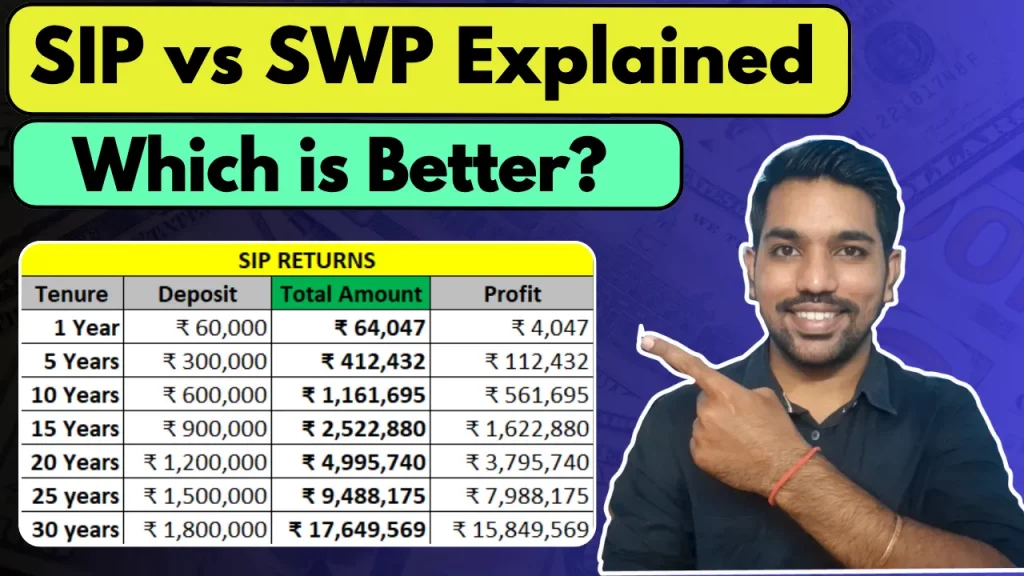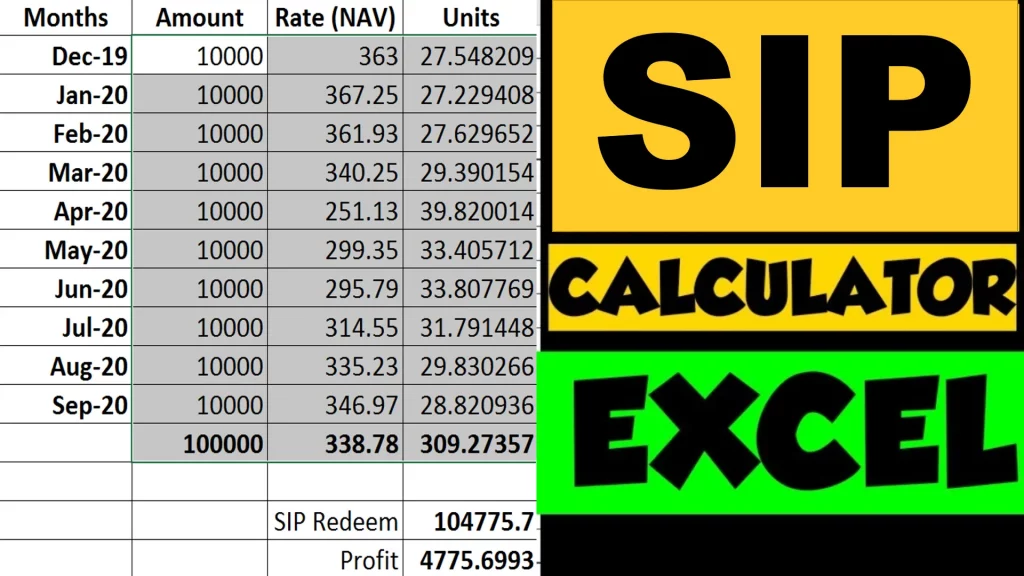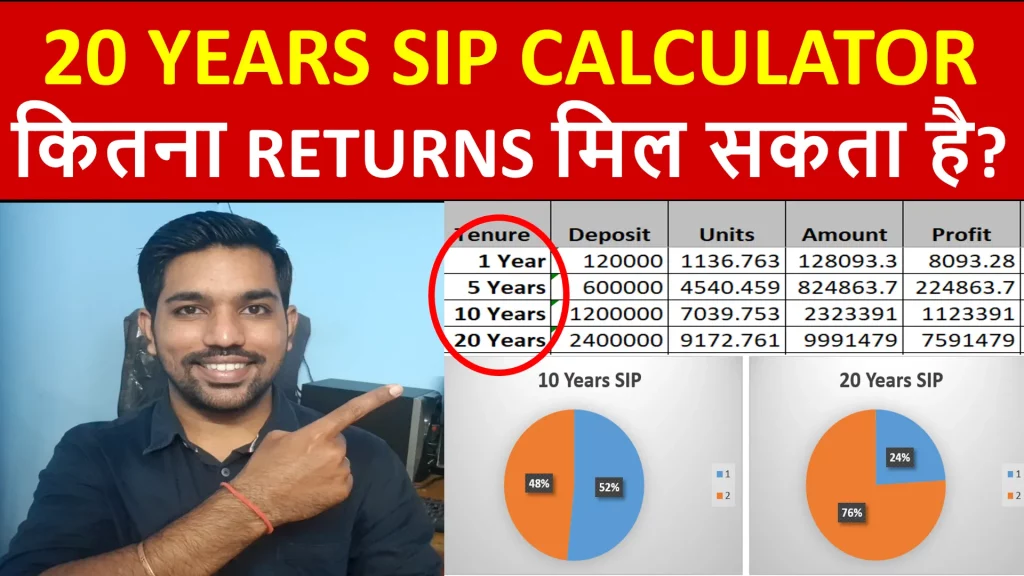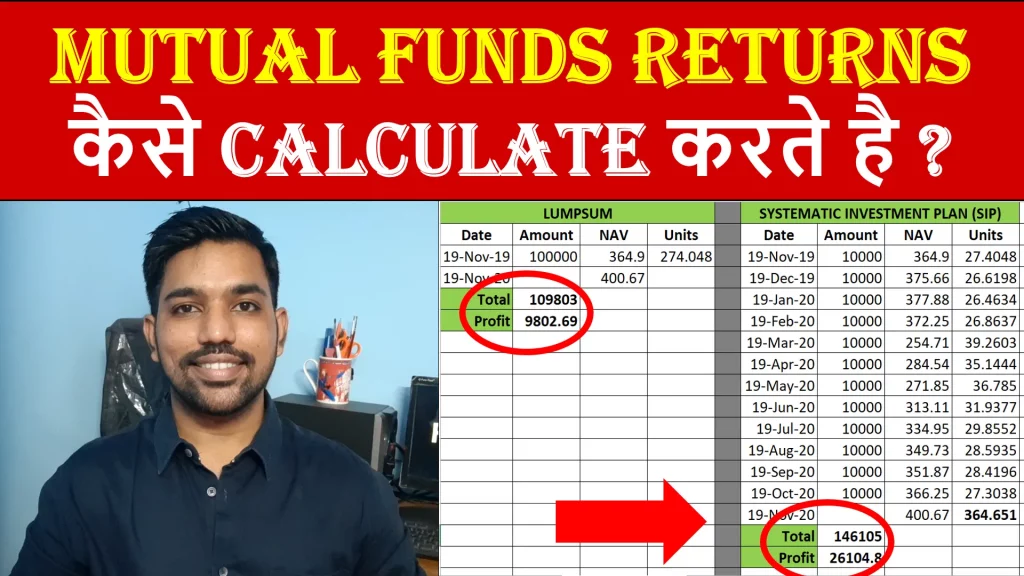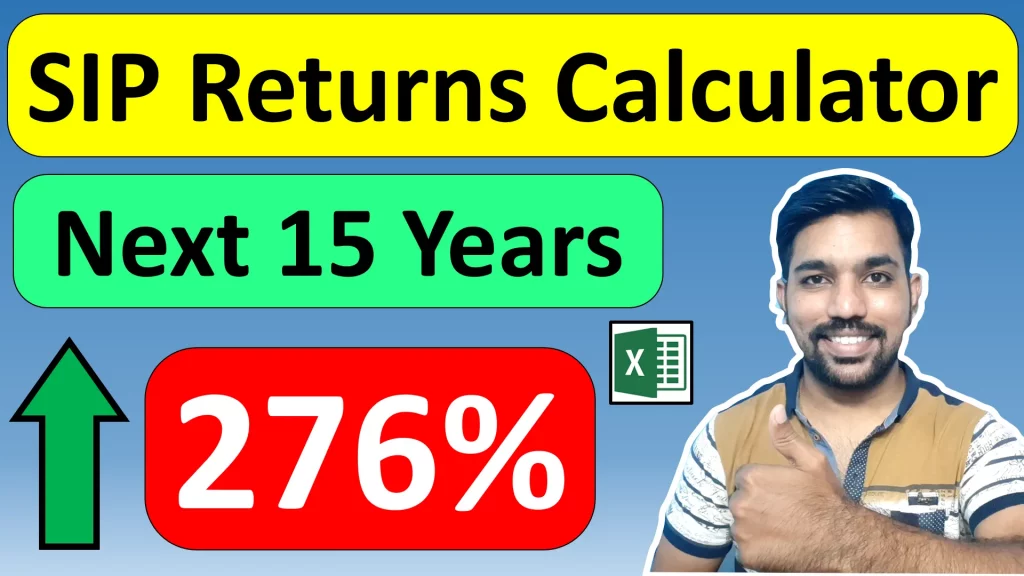SIP and SWP are two important investment strategies that can help you to achieve financial independence and also retire early, commonly known as FIRE. SIP vs SWP is something that you should know if you want to lead a financially stable life with no stress. The full form of SIP is Systematic Investment Plan, that helps you to accumulate funds to achieve financial goals. SWP full form is Systematic Withdrawal Plan, that helps you in covering your regular expenses post retirement or during financial independence phase.
SIP and SWP together can work like a magic for you in your financial independence and early Retirement.
Let us understand SIP vs SWP in detail.
What is SIP?
- SIP full form is Systematic Investment Plan
- It is a way to invest in equity or mutual funds regularly every month to gradually move towards your financial goal
- SIP helps you to achieve goals such as buying a new house, new car, children’s education or getting early retirement
- Every month you can choose to invest any amount, starting from Rs. 500 and increase this amount at will every year
- The increment in SIP amount every year is called step up sip
- Ultimately, the aim is to move towards a financial goal while using SIP investments
Rs. 2000 SIP Investment Returns Video

Watch more Videos on YouTube Channel
What is SWP?
- SWP full form is Systematic Withdrawal Plan
- It is a way to systematically withdraw from mutual funds every month to cover the expenses
- It is best known to withdraw only 4% of the investment amount every year to keep your money growing in mutual funds
- In order to start SWP, you need to have sufficient amount in mutual funds that can be accumulated via SIP or with lumpsum investment
- So for example, if you already have Rs. 1 crore in mutual funds, that give you 12% average returns over a year, you need to withdraw only 4% (Rs. 4 lakh) every year to cover the yearly expenses
- While you will be withdrawing only Rs. 4 lakh, your profits will be Rs. 12 lakh in a year thus giving you a positive net profit
- In this way, the amount will never go below Rs. 1 crore considering consistent returns over upcoming years and your expenses in control within 4% per year
SWP for Monthly Income Video

SIP vs SWP Differences
Below are some differences between SIP vs SWP
| SIP | SWP |
|---|---|
| SIP full form is Systematic Investment Plan | SWP full form is Systematic Withdrawal Plan |
| It helps you to invests regularly | It helps you to withdraw regularly |
| SIP achieves financial goals from scratch (from ZERO investment) and increasing gradually | SWP needs good amount to be present in mutual funds for monthly income |
| The goals achieved with SIP can be buying a new house, car, children’s education, etc. | Goals achieved with SWP can be early retirement, covering monthly expenses based on income, passive income, etc. |
| SIP also helps you to save income tax with investment in ELSS mutual funds | You need to pay income tax with SWP monthly income |
Benefits of SIP
Below are some of the Benefits of SIP:
- Rupee Cost Averaging: SIP helps to invest regularly in mutual funds, which means, when market goes up you get less units and when market goes down you get more units
- Disciplined Investments: You regularly invest every month via SIP and hence your investments are disciplined
- Long term wealth creation: Using SIP, you can generate long term wealth since the value of mutual fund units appreciates over time
- Flexibility: You can start investing with as low as Rs. 500 every month via SIP to achieve your financial goals
Benefits of SWP
Let us now understand few benefits of SWP:
- Regular Monthly Income: You get monthly income regularly, based on the percentage of withdrawals using SWP
- Capital Preservation: Your investment amount and capital will be preserved over long term of at least 7 to 10 years, when you withdraw within 4% of your total investment amount
- Good for Retirees: SWP can help you get monthly income based on your investments, hence it is a good source of passive income to cover for monthly expenses
Conclusion
So SIP and SWP are two different strategies to help you become financially independent. If you are getting started, than SIP will be better for you in order to accumulate good amount of funds in mutual fund.
Once you have accumulated enough corpus, than SWP will be good in order to monthly income that will provide some passive income and cover your monthly expenses as well.
Some more Reading:
Save Home Loan Interest Amount!
Use Home Loan Excel Calculator that will help you to Save Interest Amount on Home Loan EMI.
Click below button to download Home Loan EMI and Prepayment Calculator in Excel:
Watch how Home Loan Calculator in Excel Works
Income Tax Calculator App – FinCalC
For Income Tax Calculation on your mobile device, you can Download my Android App “FinCalC” which I have developed for you to make your income tax calculation easy.
What you can do with this mobile App?
- Calculate Income Tax for FY 2025-26 and previous FY 2024-25
- Enter estimated Investments to check income tax with Old and New Tax Regime
- Save income tax details and track regularly
- Know how much to invest more to save income tax
- More calculators including PPF, SIP returns, Savings account interest and lot more

Use Popular Calculators:
- Income Tax Calculator
- Home Loan EMI Calculator
- SIP Calculator
- PPF Calculator
- HRA Calculator
- Step up SIP Calculator
- Savings Account Interest Calculator
- Lump sum Calculator
- FD Calculator
- RD Calculator
- Car Loan EMI Calculator
- Bike Loan EMI Calculator
- Sukanya Samriddhi Calculator
- Provident Fund Calculator
- Senior Citizen Savings Calculator
- NSC Calculator
- Monthly Income Scheme Calculator
- Mahila Samman Savings Calculator
- Systematic Withdrawal Calculator
- CAGR Calculator
I’d love to hear from you if you have any queries about Personal Finance and Money Management.
JOIN Telegram Group and stay updated with latest Personal Finance News and Topics.
Download our Free Android App – FinCalC to Calculate Income Tax and Interest on various small Saving Schemes in India including PPF, NSC, SIP and lot more.
Follow the Blog and Subscribe to YouTube Channel to stay updated about Personal Finance and Money Management topics.

